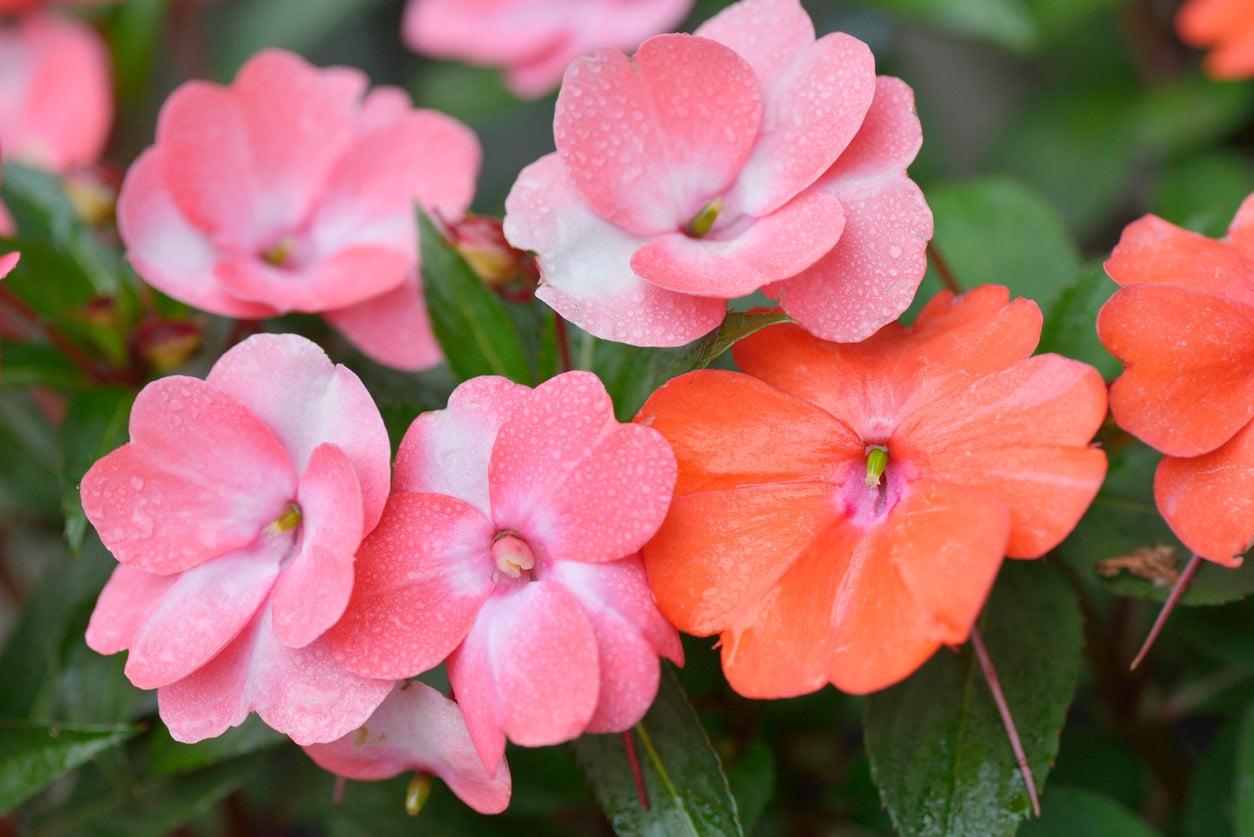Cutting Back Impatiens: Learn About Pruning Impatiens Plants


Impatiens plants are the classic shade flowers. They are perfect for filling in those shady areas of beds and the yard where other plants just don’t thrive. They add color and cheer, but impatiens can also become leggy, showing off more stems that blooms. A little trimming will help keep your plants in bloom and attractive until the weather really turns.
Why Pruning Impatiens is Important
Not only to impatiens flowers fill in shady areas, but they are pretty low maintenance. They need regular waterings but, otherwise, you mostly don’t have to do anything with them for long periods of time. One thing you may want to do occasionally, however, is pruning or cutting back impatiens.
About mid-season, you may notice your impatiens getting a little leggy, meaning their stems get quite long and weak and develop fewer flowers. You’ll see a lot of holes, or empty spaces in your plants as opposed to fullness. Trimming and pruning impatiens is necessary if you want to keep them looking full, healthy, and colorful for the whole growing season.
Fortunately, doing so is not difficult, nor is it time-consuming.
How to Cut Back Impatiens
Rejuvenating impatiens that have become leggy and overgrown is as simple as a quick pruning. First, in order to keep your plants blooming all summer, pinch off the tops of stems after each flower has bloomed and faded. This deadheading encourages new blooms. You can do this regularly throughout the growing season.
Just once or twice, beginning first in midsummer, cut back the entire plant by four to six inches (10-15 cm.), or three inches (7.5 cm.) from the ground. Only do this if you see the plant becoming leggy. If it remains full and grows well, there is no need to cut back.
When cutting back your impatiens, give most attention to center leaves. Clipping these off will encourage side shoots to produce more fullness. Knowing how to trim impatiens will help you keep your beds under control and looking their best, but it’s also important to avoid spreading disease.
Sign up for the Gardening Know How newsletter today and receive a free copy of our e-book "How to Grow Delicious Tomatoes".
When using shears or scissors in the garden disinfect them in a bleach solution between jobs.

Mary Ellen Ellis has been gardening for over 20 years. With degrees in Chemistry and Biology, Mary Ellen's specialties are flowers, native plants, and herbs.